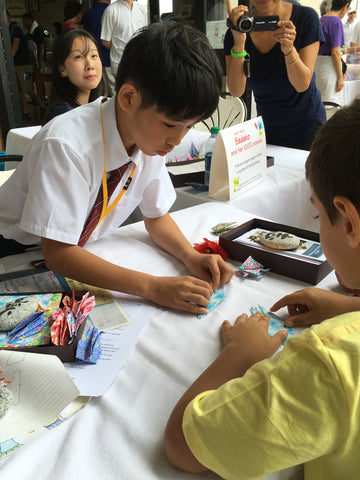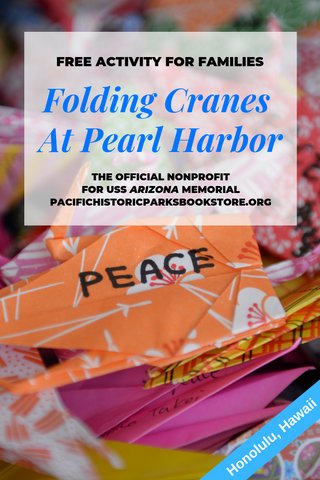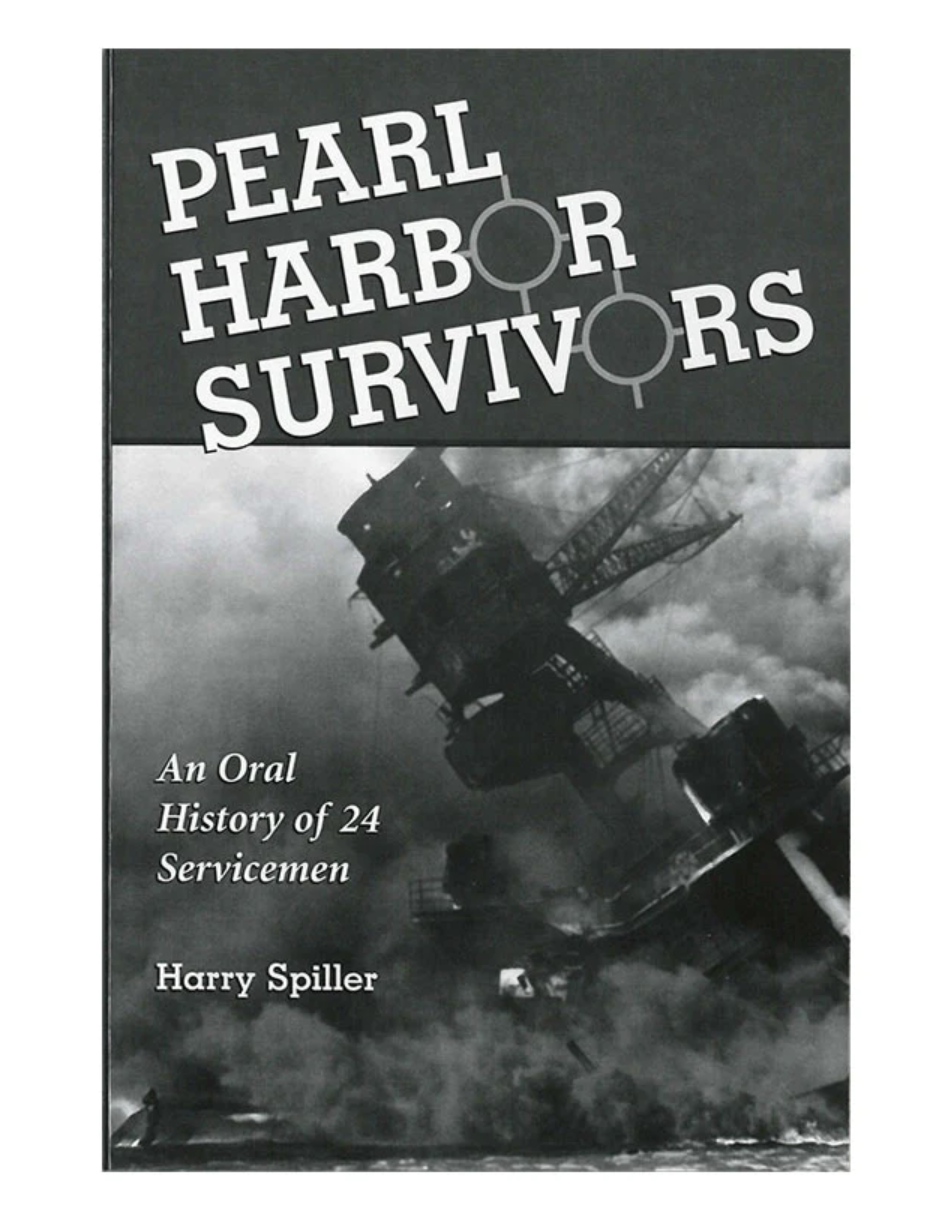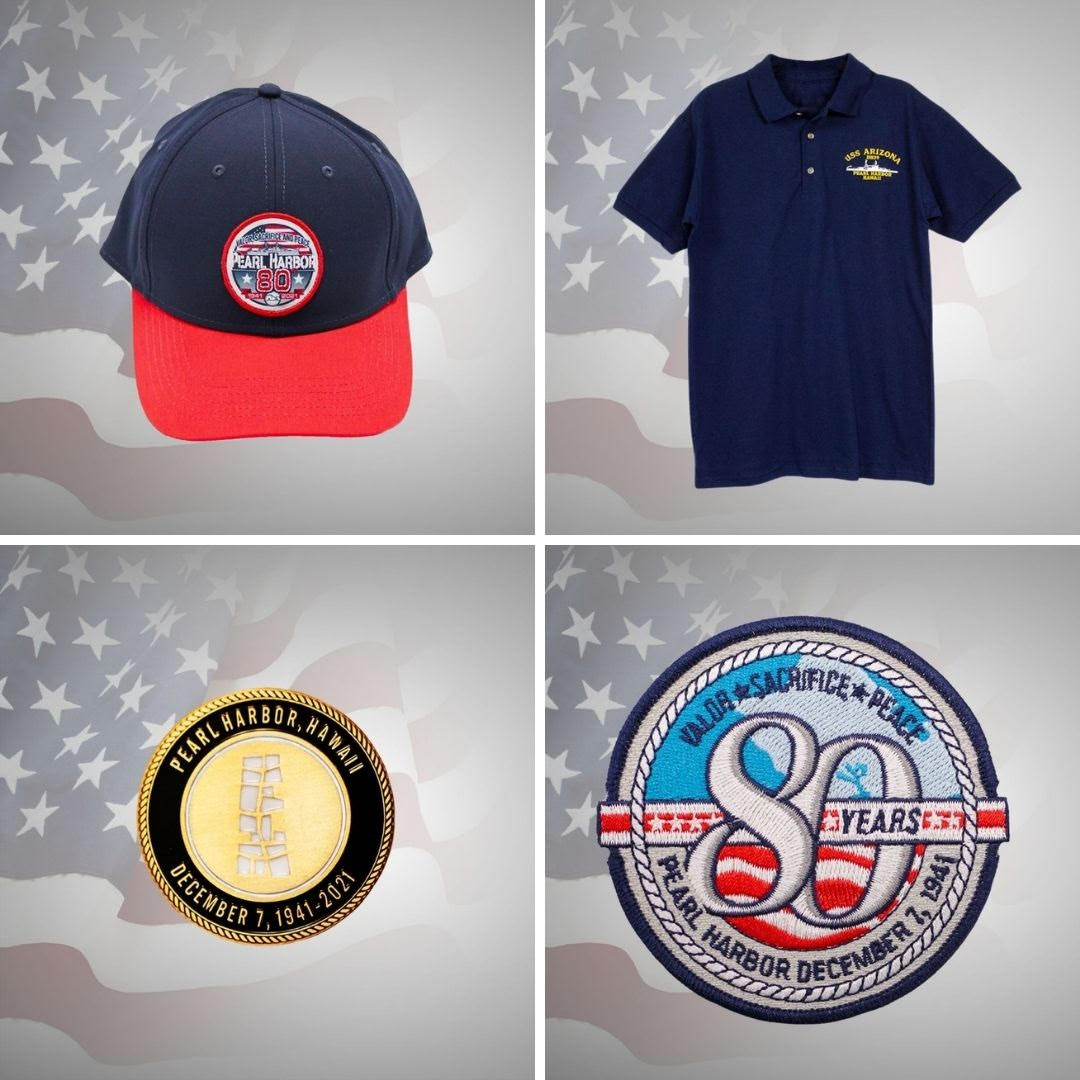Your Cart is Empty
Great gift
I ordered the flag to fly on the Marine’s 250th birthday for my Dad! And the staff at Pearl Harbor pulled through. I was worried with the government shut down it may not fly. But I got my delivery in just a few days after November 10th. Safely packaged. Beautiful certificate. I can’t wait for his face on Christmas!
Great service-great product
simple site to use, used far enough ahead of time to get the date I wanted, and received the product fast and as described.
Soft fabric and pretty color
Does run small - suggest ordering 1 size up
Diamond Head token
This is a great embellishment for my scrapbook pages of our trip to Diamond Head.
Leahi sticker
This is a great sticker for use on my scrapbook page.
Pearl Harbor Postcard Book
Contains Postcards with several great pictures of the Pearl Harbor historic sites. A really good collection for my use in scrapbooking my trip.
Received my hat and love it. it’s a great feeling to be able to honor the brave heroes by wearing the hat.
Great hat
I was at Pearl Harbor in June, but my son this exact same hat. My brother asked me to get it for him for Christmas since we are from Maryland.He
Remember Pearl Harbor pin
Would never purchase this again. It's very small, came tarnished....not worth it. The gift store use to have the large silver Remember Pearl Harbor pin, but this is not worth the money.
Would send it back but would cost so much to ship....If I had seen this in the gift shop, I would not give it a second look. Very dissapointing.....







